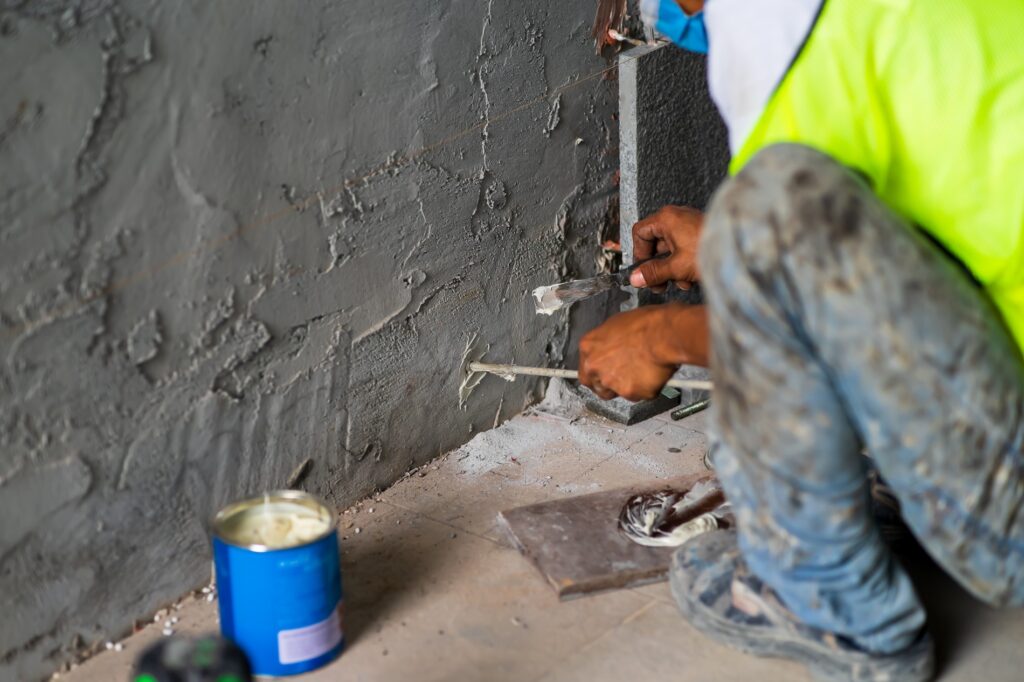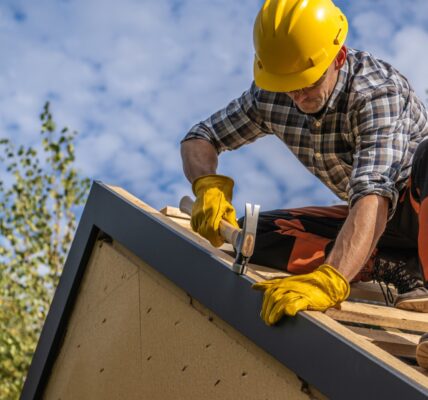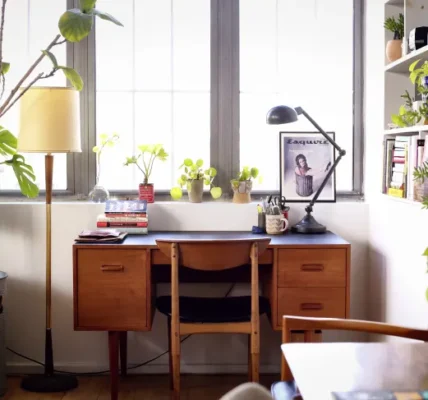As homes age, they become more prone to wear. Property owners need to pay attention, so they don’t wind up with serious damage on their hands. This article will focus on one specific aspect of property maintenance and damage avoidance, introducing homeowners to the signs it’s time to damp-proof a property.
Flooring Damage
No matter what kind of floors a home has, they will sustain damage if water is seeping in from the ground surrounding the home. The simple solution is to hire a contractor for eradication of rising damp, but that requires knowing when to call for help.
Homeowners shouldn’t wait until they notice puddles on the floor, as there are usually more subtle signs of worsening damage to look for. Common signs of rising dampness that affect flooring include warping, water stains, and crowning.
Paint Blisters
Paint blisters look like bubbles in the paint on walls or ceilings when they first start to form. These blisters occur as a result of moisture behind the paint, which loses its adhesive properties when it gets wet.
If left unaddressed, paint blisters eventually lead to peeling paint. Residents may eventually notice chips of paint falling off the ceilings or walls, as well. As with flooring damage, there’s no reason to let the situation get that bad. Call a damp-proofing contractor as soon as paint bubbles start to form.

Mold Growth
Excessive moisture creates a perfect environment for mold. In some cases, it will be visible to the naked eye. In others, the mold colonies will start forming inside walls and below floors. Either way, it can be dangerous to residents’ health.
Warning signs of hidden mold growth can include:
- Stains or discoloration
- Peeling wallpaper
- Musty odors
- Allergic reactions
- Warped walls, ceilings, or floors
Squishy floors
When in doubt, check the humidity levels. Elevated relative humidity usually indicates a moisture problem and that, alone, can be a sign of hidden mold.
Visible Efflorescence
Efflorescence is a little different from mold. This white powder forms on surfaces when water-soluble salts begin to migrate through masonry walls. The efflorescence remains in place even after the moisture has dried up. Homeowners who notice this problem can typically just wash the powder away but don’t ignore it because it indicates a problem with penetrating or rising dampness.
Damaged Wood
If there are exposed wood timbers in the home, check them for wet rot. This form of mold can cause substantial structural damage before homeowners even notice other signs of dampness. Rotting wood gives off an earthy odor, looks discolored, and eventually begins to take on a spongy texture. Call a professional at the first signs of wood rot to avoid structural damage.
Why Hire a Pro?
There’s nothing wrong with taking a DIY approach to resolving the many minor issues that come up over the course of owning a home. However, damp-proofing isn’t one of them. Homeowners may be able to clean up efflorescence and visible mold or repaint moisture-damaged walls, but that won’t get rid of the underlying issue. Hiring a damp-proofing contractor is the only way to make sure the house stays dry and protected well into the future.
Hey there! I’m a self-proclaimed Twitter addict and an unapologetic coffee lover.









